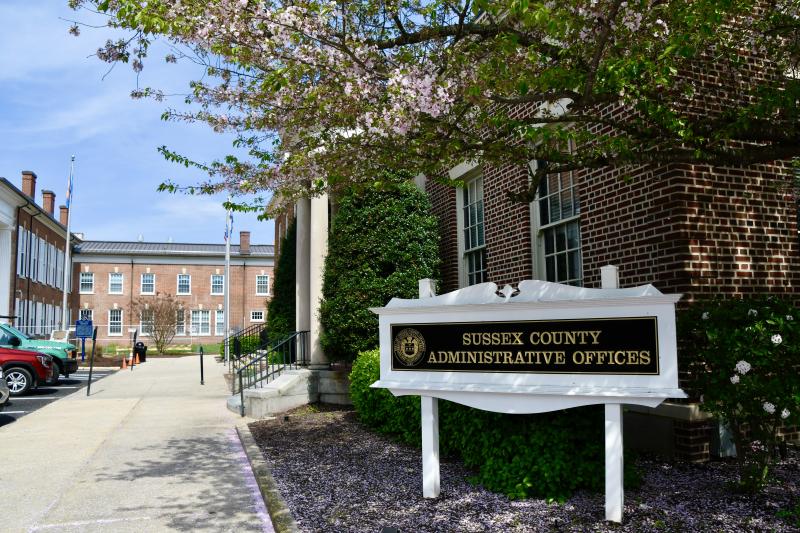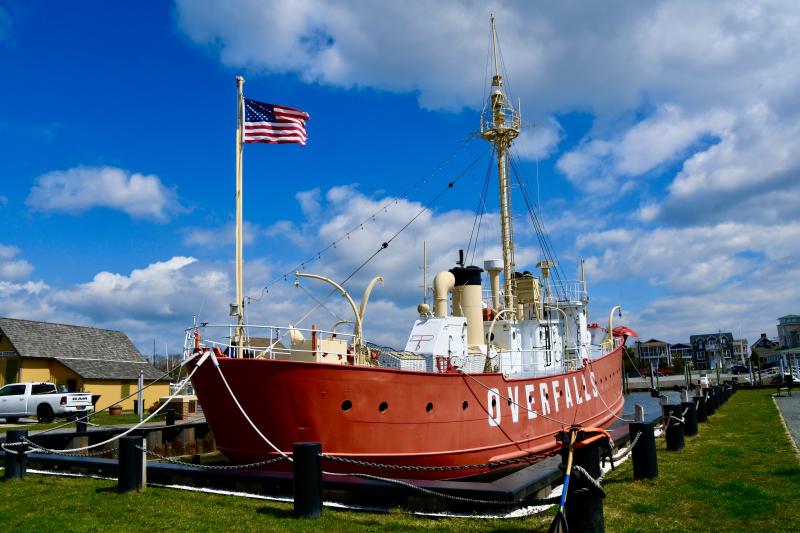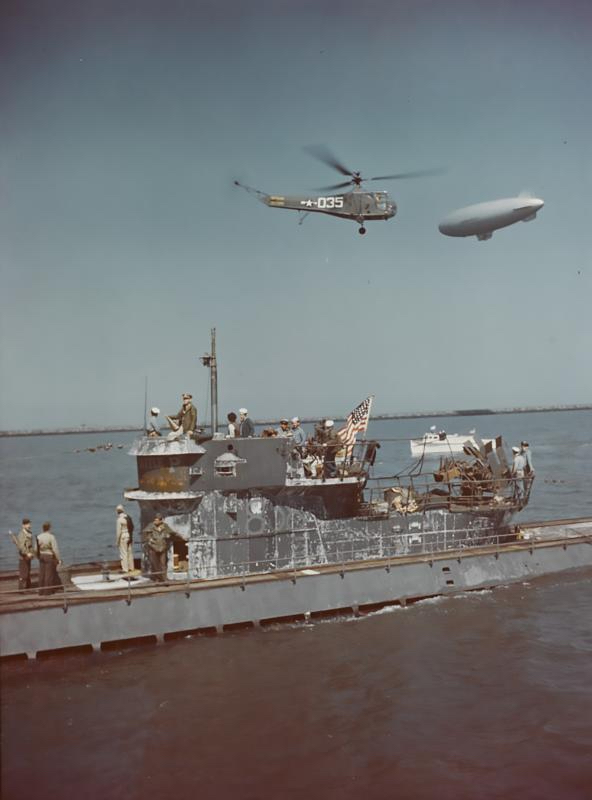Fascinating tidbits of history in Sussex

I’ve always been fascinated by the little-known snippets of Sussex County’s history.
One of the nation’s first serial killers terrorized runaway slaves in western Sussex, and the first German U-boat to surrender at the end of World War II did so in Lewes at Fort Miles.
Daring escape – Harriet Tubman of Underground Railroad fame has a connection to Sussex County. In 1856, she organized one of her most clever and complicated escape attempts. Tubman became familiar with a slave named Tilly in Baltimore. Tubman’s plan was to travel by steamboat down the Chesapeake Bay and then up the Nanticoke River to Seaford.
They spent the night at a hotel in Seaford. The duo came close to capture by slave traders the next morning. If not for the intervention of the hotel owner, they may have been taken away.
Thanks to Tubman’s letter of passage, which identified her as a free African American from Philadelphia, they were able to get tickets and safely travel north, first by train to Camden and then by carriage to Wilmington.
So Tubman went by boat, train and carriage to pull off this daring rescue. This is only one of the amazing episodes of Tubman’s life, which she dedicated to helping slaves escape to freedom.
Levy court first – Sussex County Council has not always been county council. Up until 1970, the governing body was known as Sussex County Levy Court. That year, the General Assembly shifted it from a levy court system to a county council form of government.
Two council seats were added Jan. 1, 1971, bringing the total to five elected officials, which is still the same system today.
Two years later, council adopted the first official county flag with a design based on the Dutch flag and a sheaf of wheat from William Penn’s county seal. William Scott of Selbyville designed the flag, which is still in use today.
Symbols on the flag recall the early history of the county when the Dutch established a trading post in what is now Lewes and called it Zwaanendael, Valley of the Swans. The king of England granted what is now Pennsylvania and Delaware to William Penn in 1681-82, when he named Delaware’s southernmost county for his home county Sussex, England.
Council first met in the county courthouse where county offices were also housed. It became apparent that more room was needed, and the process to build a new administration building began. In June 1993, it was reported county council offered the federal government $200,000 for the post office property. After securing the property, the county sold the Sussex County Courthouse to the state for $4.3 million. It built the new administration building for $5.3 million, which opened in 1999. The portion of the building that was once the post office was built in 1932.
First county seat – While most people only know Georgetown as the county seat, it’s not the first. Lewes served as county seat from 1740-91, when it was moved under orders from the General Assembly to a more central location in Georgetown, a town which did not exist prior to 1791.
Georgetown was established at a central point no more than 16 miles from most county towns. It was determined that the horse-and-carriage ride to Lewes was a hardship for western Sussex residents.
A group of appointed commissioners purchased 100 acres to build the new town, and its courthouse and jail.
There is not much evidence remaining of Lewes’ time as the county seat. The historic Ryves Holt House, the oldest house in the state owned by the Lewes Historical Society, served as a temporary courthouse. An old section of the King’s Ice Cream building in downtown Lewes was part of the county jail. A historic marker in front of Lewes Presbyterian Church tells the story of the courthouse in Lewes. The first one was built as a log cabin in 1680, with 5,000 pounds of tobacco as the purchase price, on the grounds of what now is the church. That was razed and another courthouse was built, and served the county from 1740-91. That building was also razed to make way for a church.
Notorious killer – Patty Cannon was leader of the infamous Cannon-Johnson Gang in western Sussex right across the border with Maryland. The notorious slave trader either killed or shipped runaways back to the South, earning a hefty profit in the process. Although she confessed to a dozen murders, historians are sure there were more victims.
After being arrested, she mysteriously died in 1829 in a Georgetown jail cell, probably from poison. That same year, four buried bodies, including four children, were found on her farm.
Johnson’s Tavern was the base of her dastardly operations. Because it was near the state line, she could go back and forth to Maryland to evade capture in Sussex County.
Here’s another twist in history. For decades, the Patty Cannon House on the state line was a curiosity visited by tourists. The state even erected a sign signifying the house.
However, historical research found that it was not her house, which had been located down the road a bit. The sign was changed to “near this location.”
The surrender – On May 14, 1945, just six days after Germany surrendered, German submarine U-858 became the first foreign invader to surrender on American soil since the War of 1812. There are a few conflicting stories on where the sub actually surrendered first before being escorted to Fort Miles.
It was docked at the fort and immediately became a curiosity for county residents.
The 60 or so prisoners were moved from Fort Miles to a POW camp at Fort Delaware in New Castle County. The captain, Thilo Bode, was interviewed by the military in Washington, D.C., before returning to his crew.
The sub was used for torpedo practice off New England and scuttled by the U.S. Navy in late 1947. The surrender is reenacted each spring at Fort Miles by volunteer reenactors.
Lightship name changes – Here’s one that is sure to confuse you. The historic Lightship Overfalls in Lewes Canalfront Park is not the original Lightship Overfalls. In actuality, it’s the Lightship Boston, which was also the Cornfield and the Cross Rip, serving in three New England locations.
Lightships always take the name of the locations they serve.
The real Lightship Overfalls served at the mouth of Delaware Bay from 1893 to 1960, but it’s not the one restored by the Dirty Hands Gang over an 11-year project.
That lightship ended up off the coast of California and is now known as Lightship Relief, a restored museum in Oakland, Calif.
The Lightship Boston in Lewes was given to the Lewes Historical Society in 1973 by the U.S. Coast Guard. The Overfalls Foundation was later formed to undertake restoration of the ship, and its name was changed to Overfalls.
There are only 15 lightships remaining, but none can compare to the Overfalls and the restoration done to it, mostly by volunteers. As many as 116 lightships were in service at one time.



























































